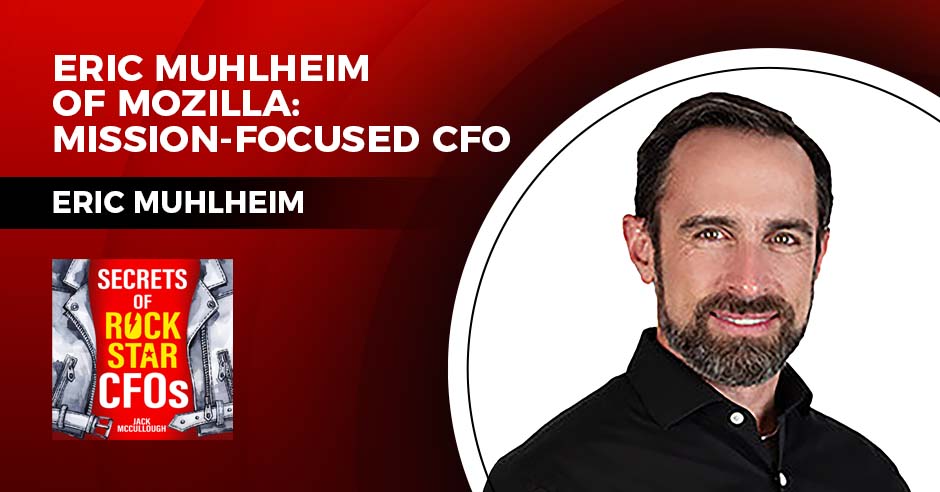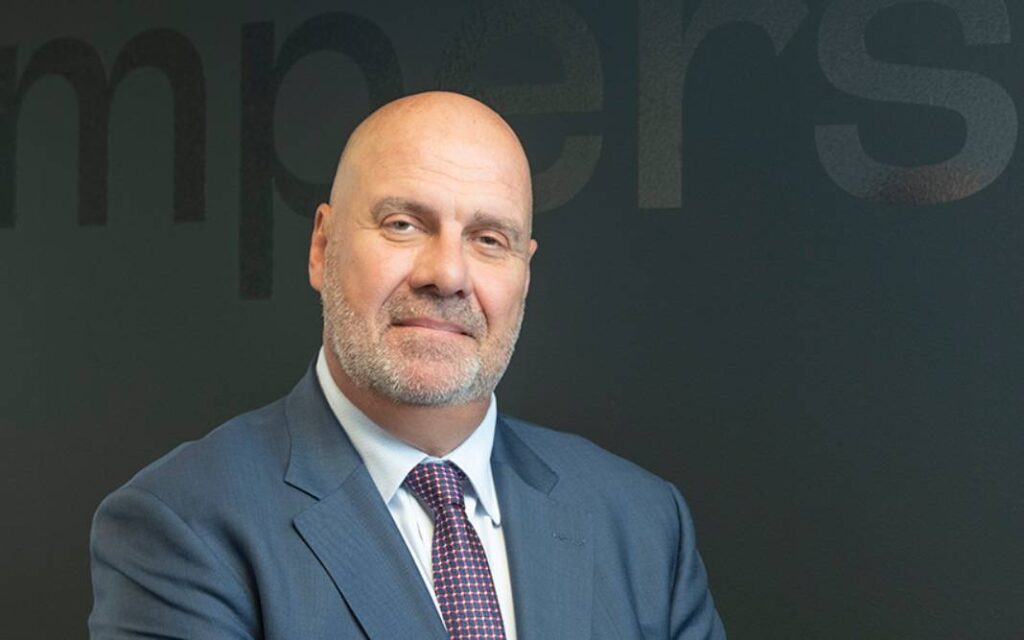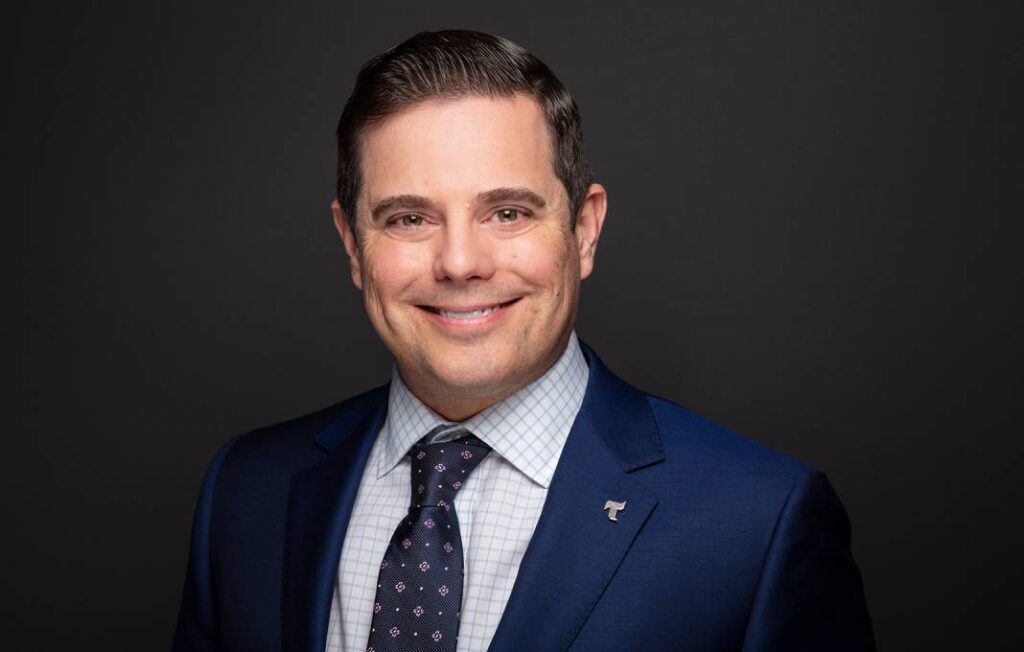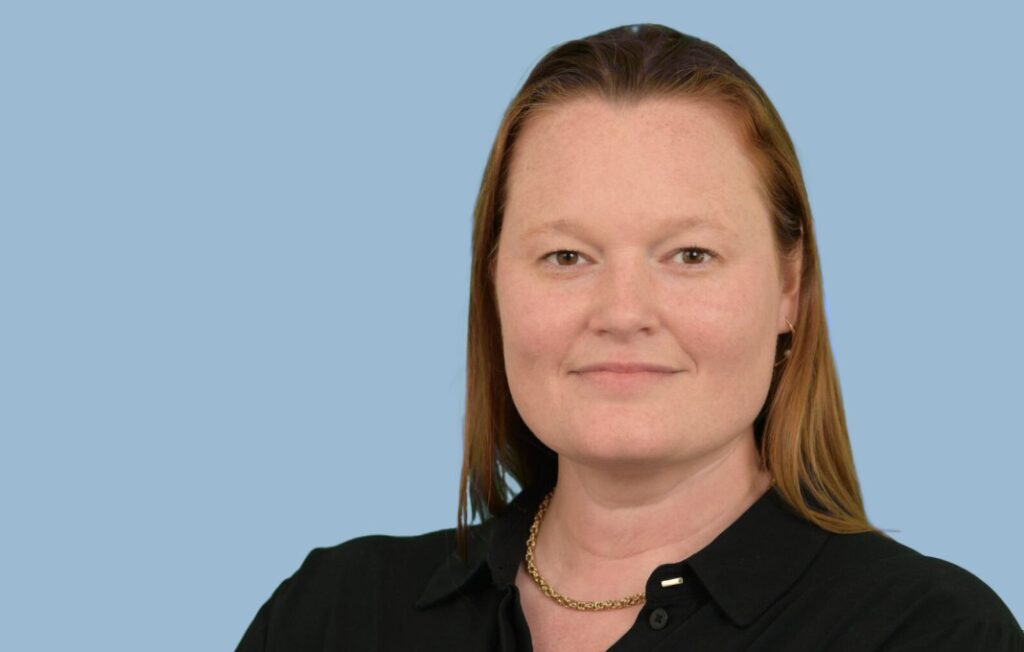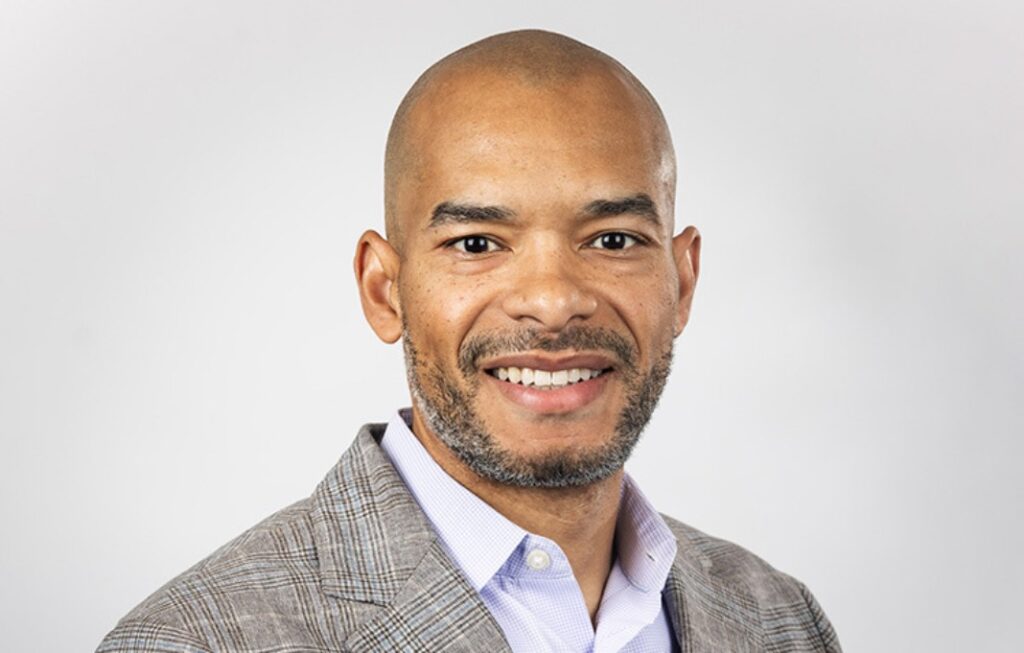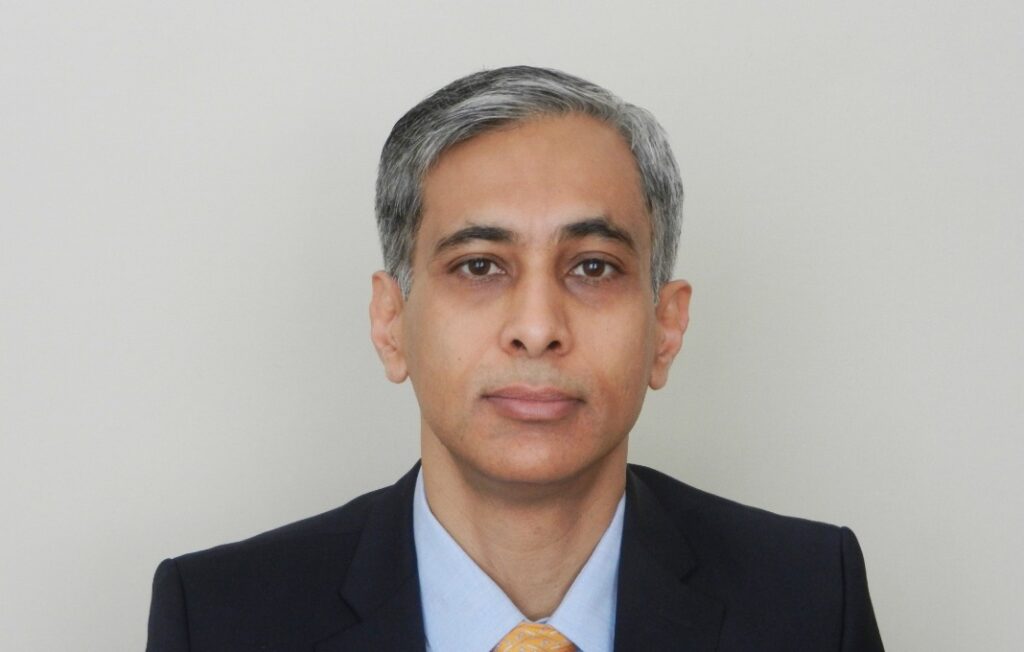 Dealing with Covid-19 has been about many things for business leaders: assessing damages, navigating crisis, rethinking business models, establishing makeshift new digital networks, reckoning with the value of human capital and physical facilities alike and confronting a future so rife with uncertainty that the questions themselves—much less answers—have no precedents.
Dealing with Covid-19 has been about many things for business leaders: assessing damages, navigating crisis, rethinking business models, establishing makeshift new digital networks, reckoning with the value of human capital and physical facilities alike and confronting a future so rife with uncertainty that the questions themselves—much less answers—have no precedents.
But, as always, it’s been about the money more than anything else. Companies’ financial resources, strategies, strengths and weaknesses have been tried and tested as never before by the abrupt shutdown of the global economy, untangling of government financial life lines, the strange needs of trying to keep operations going amid the health scare and the requirement for business leaders to plan how to get to the other side of the recession regardless.
“Obviously, a lot of businesses have benefited from this environment, but for all of those who haven’t, CEOs who are thinking outside of the box about their finances and thinking about creative ways to save and make money are doing best,” says John Mackel, managing partner and CEO of Weaver, a regional accounting firm based in Texas. “Companies that are the most flexible and changing course most quickly are doing pretty well.”
But while it’s one thing to decide to pivot, it’s another thing for CEOs and CFOs to aim at the right targets and to leverage financial tactics and resources to use the most effective ammunition. A strong majority of them, 72 percent, are planning to conduct more regular strategy and portfolio reviews post-pandemic, according to a recent survey by EY consultants. Once normality has returned, 42 percent of them will focus on prioritizing capital allocation across their portfolio, the survey said.
Many company leaders also are quickly and thoroughly evaluating the breadth, depth and pace of digitization and how to finance it. “While it was on their agendas before, now it’s a matter of survival,” says Brian Salsberg, EY’s global buy and integrate leader. “They know they need to accelerate digital transformation to build resiliency under a broader set of situations, for this pandemic or the next one.”
Merger and acquisition activity also is re-awakening. After a first half of 2020 that was the slowest year since before the last recession, M&A will “recover ahead of the overall U.S. economy,” according to PwC’s Deals Industry Insights report. “We expect the momentum to build in the coming months, with the number of divestitures and other deals likely to increase as government aid supporting businesses and households throughout the pandemic dissipates.”
Here are ideas for using financial strategies and tactics to navigate the post-pandemic environment from a dozen CEOs and CFOs interviewed by Chief Executive:
TURN TO REVENUE-BASED FINANCING
MARYANN GUERRA, CEO, Aesthetics Biomedical, Phoenix
We were successful but wanting to bring additional dollars into the company. Some VC folks were looking at us, but they want to dilute you. We also looked at debt financing, but we didn’t want to dilute ourselves further when we had a pretty solid revenue base. And when you have something unforeseen happen to you—like Covid-19—it’s good to have money in the bank.
That’s why we considered financing based on revenues. You negotiate a deal for paying back a percent of your revenue every month. If you feel good about your revenues, you feel good about this, though there’s a little fluctuation in your payments. There’s risk involved on the lender’s side, in figuring out what your revenues are going to be, and on your side because there are penalties if you don’t make your revenue targets. But it allows us to keep our money in the bank. And it allows us to accelerate some development work on new products.
SHRINK YOUR REAL ESTATE FOOTPRINT
SCOTT HAYWORTH, CEO, CareMount Medical, New York
We have 650 physicians, and we were in the heart of Covid-19, taking care of 665,000 patients. In two weeks, we completed what should have been a three- to six-month project and rolled out televisits to the entire provider group, so we were doing 2,500 of them a day—compared with roughly six a day before. We had to furlough back-office people, and a lot of others are still working from home.
So, we realize that we aren’t going to need all of our commercial real estate on the back-office side. We’ve non-renewed 8,000 square feet already, and we’ll continue to non-renew—and not take on more space—as we continue to grow. We can probably reduce our commercial real estate needs by 50 percent, getting rid of about 60,000 square feet over time. We’re trying to maximize the use of clinical space, so that will take up some of the back-office space. Some of it we can sublet. But, unfortunately, a lot of it we’re just going to have to burn off over time.
ACCELERATE DIGITIZATION
JOHN WOODS, CFO, Citizens Bank, Providence, Rhode Island
We had a highly conservative view about capital and liquidity going into the crisis, and it has served us well. So, we are keeping the same amount of investment for funding innovation while rates are falling and revenue headwinds are rising; so, in a sense, we’re increasing the percentage of revenues we’re allocating to innovation. If we don’t, we could lose our standing as we exit the crisis to competitors that were bold enough to maintain their investments.
That means digitization. Through initiatives that we launched last year and early this year with consumers and small businesses, we actually were ready for the colossal changes in customer behavior—the whole uptake in digital—during the pandemic. If you hadn’t been thinking about it, you’d have called it alarming how quickly consumers behaved differently than before. Post-pandemic, we are accelerating these initiatives in areas like digital deposit-gathering and subscription-style payments.
But we haven’t digitized down into the core of our organization through our operations. We have way too much paper and way too much manual interface and way too much automation that isn’t connected. So, [by this fall] we’re launching a digitization, from front to back, of our consumer banks. It will be a multi-quarter program that will significantly increase the $300-plus-million that we’ve already committed to. It’ll be responsive to the post-pandemic environment, and, in banking, it will be table stakes to have a fully digitized, operational back office.
LEVERAGE LIQUIDITY FOR M&A
STEVE GREENE, Executive Vice President, Corporate Development and Strategy, FleetCor Technologies, Atlanta
We’ve done 86 acquisitions and invested almost $9 billion of capital since 2000, improving market positions for business we’re currently in and gaining positions in markets we aren’t in. We remain committed to deploying $1 billion of capital a year, and M&A will be the cornerstone of that strategy. Covid-19 put a lot of competitors under stress and their business volumes came down dramatically. Folks might need capital or look to a partner where they otherwise might not.
So, we’re on our front foot. We’re hoping valuations will tick down a bit. We’re cautiously optimistic we might be able to do more deals on the back end of this than we would otherwise have been able to. And we’re studying companies that might have been out of reach pre-Covid.
For us, it has been important to keep our leverage low. We’re pretty conservative. That allows us to be more opportunistic when things like this happen. This is an environment where cash is king for being able to do deals. Seller are always worried about certainty, but a [proven] track record—that’s worth more than ever.
Others have seen debt markets get pretty choppy during Covid. For private-equity funds using the LBO market to fund their acquisitions, those markets haven’t fully recovered. So, that should give us the upper hand.
TALK WITH YOUR BANKERS
LEV PEKER, CEO, DAVID MENIANE, CFO, CarParts.com, Torrance, California
MENIANE: We’ve learned a lot about the importance of talking with vendors and other partners—especially our bankers, JPMorgan Chase, with which we also have an asset-based line of credit. We overcommunicate with them; we have weekly calls with them, letting them know how the business is doing and going over contingency plans with them. That’s kind of unusual, but it has ended up serving us well. If you give them the bad news up front, there’s only upside. And it has gotten us better terms and has nurtured our relationship with them.
PEKER: Plus, during the pandemic, other companies were drawing down their [revolving lines of credit] to get as much cash as they could into their accounts. We couldn’t fully understand why that was happening because we haven’t been through a real cash crunch since I’ve been at the helm of the company.
So, we got on the phone and asked Chase if we should be drawing down ours. They explained that all these companies were acting on what they remembered from the recession in 2008, when there was a big liquidity crunch, and they weren’t going to let that happen to them this time around. Chase advised us not to do it because we had plenty of cash on the books already, even though it would have benefited them in terms of fees if we’d drawn down our revolver.
MENIANE: Some other companies, multi-billion-dollar corporations, might think they know better; they’re not going to ask Chase what to do, they’re just going to do it.
ROLL WITH THE PUNCHES
PAUL GLANTZ, CEO, Emagine Entertainment, Troy, Michigan
We’ve seen the complete shutdown of our business for several months. We went into this in very good financial condition, with a very good balance sheet, but we are restructuring it to replace some equity with debt. It’s about bobbing and weaving and rolling with the punches.
Certainly, that’s also the case with cash preservation. We’ve been talking with landlords and entering into deferral arrangements on some leased facilities. We’ve battened down the hatches in other ways. We’ve turned off all of our exterior lights; there’s no sense illuminating signs that no one is going to see. But, at the same time, there are many things that we can’t just shut off. The way we buy electricity is called “primary means,” which is designed for large users. But now that we’re using so much less electricity, we’re subject to a penalty for not using it. It’s analogous to, “No good deed goes unpunished.”
SHIFT YOUR SPEND
JOHN MACKEL, CEO and Managing Partner, Weaver, Houston
We are rethinking our marketing programs and reallocating marketing spending around that. We spend a lot of money on sponsorships, and we were somewhat guilty historically of a “just show up” attitude toward business development—sponsor conferences or agree to speaking opportunities, and investment managers and CFOs will show up, and we’ll be there too. But now, none of those events are happening.
So, we decided to move those dollars to spending on a branding campaign, doing more advertising and focusing our advertising dollars on places we know our clients are online. We also are doing more industry webinars. Before we would get 25 to 50 people on a webinar, but now it’s 200 to 1,000 people. For example, we’ve made a big push in healthcare in the last several years, and now there’s been a ton of disruption there, so we’re trying to help doctors and practices and hospitals get through this. We’ve got a pretty large banking practice—and community banks and credit unions are working through PPP loans and evaluating their loan portfolios. Our real estate developer clients are getting asked by retailers and restaurants for concessions on rent.
It’s paying off. Our partners who have good networks and are close to clients and have deep industry expertise are selling a lot of work in this market because [customers] on the other side are still available. Nobody is traveling or going to kids’ school events; they’re available. We can get them on Zoom or in a phone call and solve their problems and add revenue for it.
But we’re changing how we budget these marketing expenses. In the past, we targeted our spending at three to five percent of revenues, but our revenues were down by 10 percent for the year ended in May. So, now for this year, we’ve set it up that, as we hit revenue targets for each quarter, we’re going to increase or decrease our marketing budget. We’ll spend a certain amount, and then, as we hit certain goals, we’ll spend more. It’s a more conservative approach.
USE RECEIVABLES FOR COMMUNICATING
SUZANNE COLVIN, CFO, Egnyte, Mountain View, California
We learned from the dot-com crash 20 years ago that you need to move fast and you don’t know what’s going to happen with customers. So, with the pandemic, we very quickly took a line of sight on accounts receivable. We wanted to move fast, but we also wanted to build relationships with customers through it and build loyalty that will keep them for the long term. We reached out as we were billing them to make sure they have what they need. Do they need a purchase-order, for instance? Do they need us to bill annually? To have a subscription? We wanted to get paid right away and before these invoices turned bad. And we were able to bring down past-due ARs and make more timely payments.
Yes, that’s in the style of best practices, but more important in a time like this is that if you blink, there might be an issue. Only about 10 percent of our customer base was rattled by Covid, but we didn’t know that going in. And we also let them know we were there for them. We wanted to build a relationship mindset.
Going forward, now, we are always keeping a touchpoint when we send out a bill. Did that bill go to a person who can approve it? Is it going to sit there for 30 days or six weeks until someone figures out if it’s going to get paid? We monitor days’ sales outstanding more diligently, and I can see at my level if there’s a deterioration in KPIs like that.
We also are building in a culture shift around this. Not only is our finance organization reaching out to these customers, but when we don’t get a quick response, we’ll work with our sales colleagues. We’ll say, “We just sold this, and we’re trying to confirm that the bill got to the right place.” And the salespeople may have just been talking to them, and they want their commissions. But they won’t if the customer doesn’t pay.
TAKE ADVANTAGE OF A FLUSH BALANCE SHEET
Russ Thomas, CEO, Availity, Jacksonville, Florida
We’re looking at how to grow our business organically and inorganically. And we can because we’ve been pretty conservative in our M&A approach beforehand, not willing to overpay for assets in a very frothy space and not over-leveraging our balance sheet. A number of competitors don’t have nearly the scale or strength of balance sheet that we have. Now, we’re looking at acquiring some of them, and there are very few transactions that we couldn’t facilitate in our space. We have opportunities to acquire more scale, and we’re in a scale business.
BE AGGRESSIVELY OPPORTUNISTIC
ADAM COFFEY, CEO, CoolSys, Brea, California
We have 70-plus offices in 44 states doing repairs at buildings. We’ve had all sorts of issues, from retail customers shutting down to trying to service Starbucks in cities where they’re essentially burning down during the riots. We’ve had to decide whether to roll trucks into what amounted to combat zones. Through it all, we’ve tried to take advantage of the fact that the Department of Homeland Security declared our business essential.
First, we looked for strategic pivots where we could turn the global pandemic into an opportunity. We started installing sneeze guards for some of our customers that were also deemed essential, such as grocery stores. Then, we signed big deals, including 1,000 Walgreens locations. We took some lumps but offset them with new revenue streams.
Our competitors aren’t able to get the credit capacity that they need. One went bankrupt, and a big chunk of their workforce came to work for us. We bought their tools and equipment and a lot of their assets for pennies on the dollar, and many of their customers came to us by default.
Then, we turned on our M&A engine. We completed two deals, and, within 90 [more] days, we [hoped] to complete two more. Our credit lines are still there, and, because of arbitrage between the prices I’m paying and the value of the business I’m running, we’re buying things at 5X that I value at 14X. And they’re highly accretive, with the rollover investment from previous owners, they’re actually de-levering.
DIVERSIFY FINANCING INSTRUMENTS
BARRY MCCARTHY, CEO, Deluxe, Shorewood, Minnesota
We’ve had the great fortune of being financially stable before and through the pandemic. We’re healthy and vibrant, and we’ve done all the reasonable things you’d expect to secure cash. But this market also has created interesting opportunities for us to contemplate alternate financial structures.
We haven’t executed on them, but we’ve certainly looked at a number of them, from unsecured bonds—very classic, but a place where our company hadn’t played in the past—as well as more-hybrid financial instruments, such as PIPEs [private investments in public equity] and convertibles that are out there, such as where you’re basically borrowing money and you’ll pay it off in the future with equities or cash at your discretion. They’re at very attractive rates compared with what’s historically been available; we’re noting that some of them are very attractive relative to unsecured lending in the bond market.
We’re considering them because we want to be well-positioned and have our hands on the levers to move quickly if the opportunity presents itself, either customer lists that become available or young companies that are M&A or investment candidates. We’re exploring the options and building our capabilities and relationships should we want to execute on those. We think the market may create some chances for us to be very opportunistic and acquire, perhaps, some larger assets with even more EBITDA.


